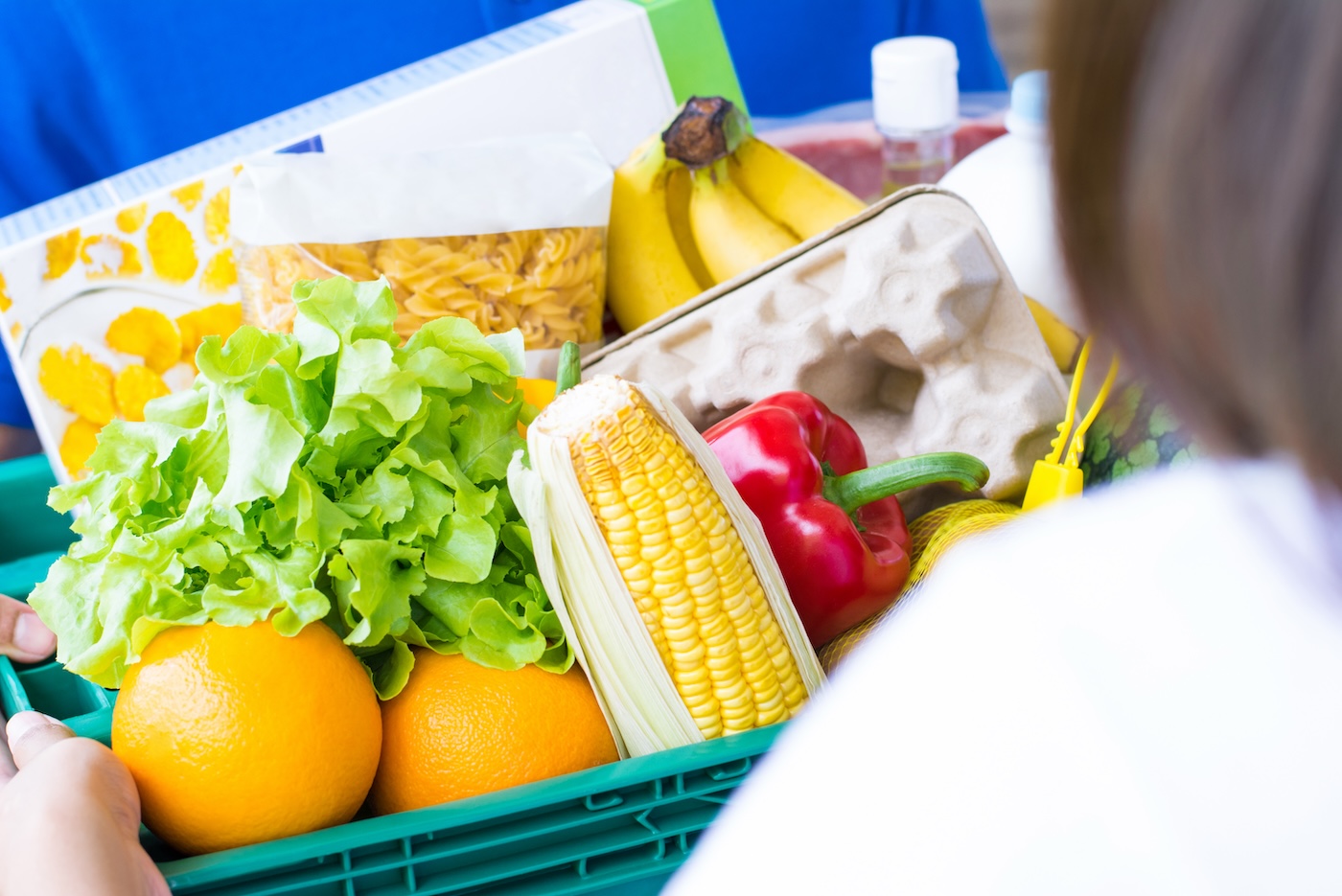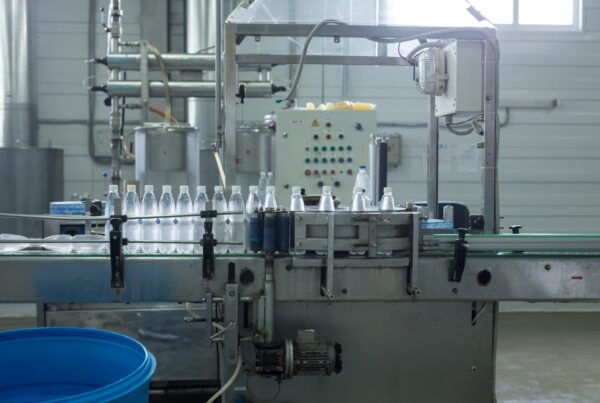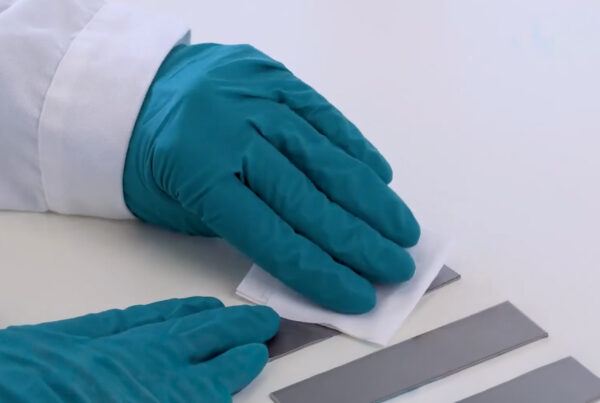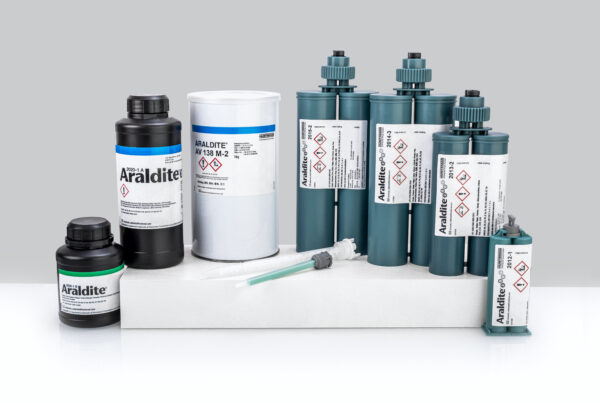Key points of the article
- Single-use plastic in food packaging generates microplastics and widespread pollution, affecting the environment and health.
- The use of eco-friendly adhesives allows for the reduction of emissions, energy consumption, and environmental impact in lamination and packaging processes.
- Solvent-free and bio-based adhesives are compatible with food safety requirements and support the transition to compostable or recyclable solutions.
- Multilayer structures require technically advanced adhesives that can maintain functional performance and facilitate proper disposal.
- Mascherpa offers H.B. Fuller technical solutions and support throughout the supply chain, from application analysis to food contact certification.
Many everyday food items, cereal bars, fruit snacks, chips, and other packaged products, are wrapped in single-use plastic packaging. These materials ensure freshness, safety, and convenience. But what happens once the snack is finished?
The reality is that most wrappers, bags, cups, and bottles end up in landfills or worse, scattered in the environment. Over time, this waste degrades into micro and nano-plastics, with harmful effects on ecosystems, water resources, and human health.
Faced with this scenario, the food packaging sector is called to a major transformation. Regulatory pressure, supply chain needs, and growing consumer awareness are driving towards increasingly sustainable solutions.
How then to combine functional performance and food safety with a lower environmental impact? A concrete answer comes from the world of eco-friendly adhesives. Advanced adhesive solutions, like those developed by H.B. Fuller, make it possible to design sustainable food packaging throughout the entire lifecycle: from production to disposal, including reuse, recycling, or composting.
Index
- Four strategies to improve sustainable food packaging
- Compostable or biodegradable? The differences to know
- The challenges of eco-friendly food packaging
- Eco-friendly adhesives for food packaging
- Mascherpa solutions for sustainable packaging
- Conclusion: concrete solutions for sustainable food packaging
Four Strategies to Improve Sustainable Food Packaging
The sustainability of food packaging is assessed over the entire lifecycle: raw materials, production processes, logistics, disposal, and material degradation. Four approaches can make a difference:
- More efficient and cleaner production processes, using less energy and renewable sources like solar, wind, or hydroelectric. Solvent-free adhesives reduce harmful emissions and energy consumption, making them particularly suitable for laminating films intended for the food sector.
- Packaging with longer shelf life, which helps reduce food waste and thus methane emissions from organic waste in landfills. According to the International Energy Agency, methane is responsible for about 30% of the increase in global temperature. Extending preservation means reducing the indirect climate impact of packaging.
- Reusable or recyclable materials, designed to be easily collected, separated, and reintroduced into the production cycle. This involves upstream work on layer design, the use of adhesives compatible with the recycling process, and systems for automatic labeling and separation.
- Compostable packaging, which decomposes under controlled conditions generating nutrient-rich compost, without leaving microplastics or toxic residues. These materials can drastically reduce the volume of packaging waste, especially in contexts where separate collection is efficient.
Compostable or biodegradable? The differences to know
Often used as synonyms, the terms biodegradable and compostable do not indicate the same environmental behavior. “Biodegradable” is a generic concept: it indicates that a material degrades over time into natural elements, but without specifying how long it takes or under what conditions. In contrast, “compostable” is a regulated and measurable concept.
To be defined as compostable, a material must:
- Degrade at least 90% into CO₂ within 180 days at 58°C
- Disintegrate into fragments ≤ 2 mm within 84 days
- Not alter plant growth (no impact on germination and biomass)
- Fall within limits for heavy metals and other regulated substances
These conditions are generally achieved in industrial composting facilities, where temperature, humidity, and oxygenation are controlled.
The adoption of compostable adhesives is therefore one of the keys to making the entire laminate compostable in certified facilities.
The Challenges of Eco-Friendly Food Packaging
Food packaging must ensure protection from moisture, oxygen, light, and external contamination. To do this, multilayer structures are often used, where each layer has a different function: printing, barrier, sealability, rigidity.
These layers are often made with materials incompatible with each other, such as PET, PE, PP, or PA, making traditional mechanical recycling difficult or impossible. Additionally, separating the layers is technically and economically impractical.
Eco-friendly adhesives play a crucial role here: they enable the design of compostable or recyclable structures compatible with existing technologies, maintaining the functional properties required by the food sector.
Eco-friendly Adhesives for Food Packaging
Reduce Consumption and Emissions with Innovative Adhesives
Solvent-based adhesives have been the standard for decades due to excellent performance in terms of adhesion and processing speed. However:
- they are flammable
- release volatile organic compounds (VOCs)
- require high energy consumption for drying
The solvent-free and water-based alternatives drastically reduce emissions and energy consumption. The most advanced products incorporate bio-based raw materials, renewable and low carbon impact. The H.B. Fuller range includes numerous formulations compatible with existing lamination plants.
Food Safety and Sterilization Processes (Retort)
Packaging intended for cooking or sterilization requires adhesives capable of withstanding high temperatures and humid or pressurized conditions, without alterations or release of hazardous substances.
The Retort Packaging adhesives developed by H.B. Fuller meet these requirements and are used in flexible pouches, multilayer films, and other formats intended for canned goods, ready meals, baby food, and long-life foods.
They ensure:
- thermal resistance
- compliance with food contact regulations
- no migration of critical components
Towards Recyclable Adhesives and PCR Films
The future of sustainable food packaging also involves the ability to reintegrate materials into the production cycle. H.B. Fuller’s research focuses on developing adhesives compatible with mechanical recycling and the production of PCR (post-consumer recycled) films.
These adhesives:
- facilitate material separation
- improve the yield of recycled polymers
- do not interfere with the extrusion process
They are currently being tested with the Association of Plastic Recyclers (APR) to obtain certifications that attest to their full compatibility with the most widespread recycling infrastructures.
Mascherpa Solutions for Sustainable Packaging
For years, Mascherpa has been supporting leading producers in the food and packaging sector by offering:
- a curated technical selection of sustainable H.B. Fuller adhesives
- application consulting during the design phase
- support in testing and validation on existing plants
- collaboration in managing certifications and food contact standards
Our vertical expertise in the food, beverage, and packaging sectors allows us to accompany companies on the path to sustainable transition, with a concrete and results-oriented approach.
Conclusion: Concrete Solutions for Sustainable Food Packaging
The path to sustainable food packaging requires innovation, technical expertise, and collaboration throughout the supply chain. Eco-friendly adhesives play a key role in enabling compostable, recyclable, or low-emission solutions. Together with partners like H.B. Fuller, Mascherpa supports companies in selecting the most suitable product, providing technical support, compatibility testing, and regulatory consulting.
Contact our experts to discover the solutions best suited to your production process and take a concrete step towards more responsible packaging.




